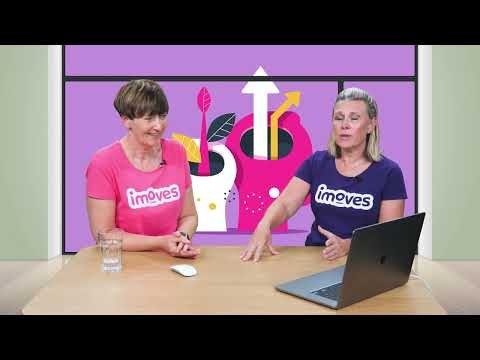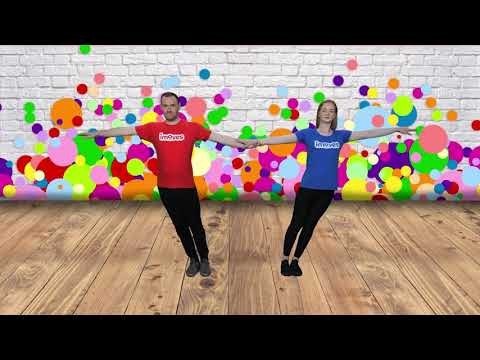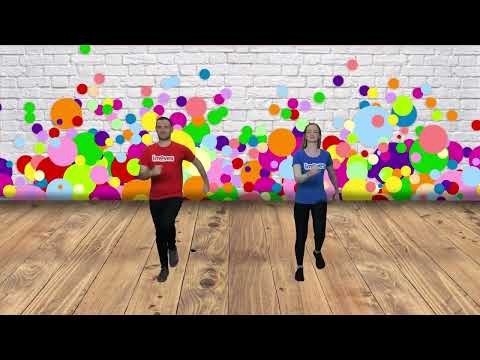What is Emotional Wellbeing?
Emotional wellbeing is that feeling you get when you are happy and motivated despite the stresses and strains of everyday life. This does not mean that you’re happy all the time, far from it. But it does mean that you are motivated to tackle the challenges that life may throw at you.
If you are not feeling emotionally well, you may feel symptoms such as anxiety, depression and a lack of focus or motivation. This can affect any of us at any time, but our childhood is an excellent time to be able to learn and understand how we can be emotionally well and how to respond if we’re feeling emotionally unwell for any reason.
Being able to support our children’s emotional wellbeing and provide the tools and strategies to cope will prove valuable, not only now, but for the rest of their lives.
In this section we will explore emotional wellness including:
- Mental strength and resilience
- Developing mindfulness
- Growth mindset
Mental Strength and Resilience
Coping with the anxieties of school life and then real life requires mental strength. Giving children tools to cope with their feelings can positively affect a child’s perception of a problem or a stressful situation.
Here’s a couple of free activities to try with your children.
The Grumpy Jar
What you may need: Transparent container | Tube of glitter | A little imagination
This is a great way for children to visually understand their feelings, and an effective method to show them useful techniques that they can use (at any age) to manage their emotions in a positive way.
Do this together as a class, or you can incorporate it into a lesson and ask each child to create their own personal ‘Grumpy Jar’.
Here’s how:
- Fill a transparent container with water and glitter and pop the lid back on.
- Shake the jar and ask the children to watch the glitter swirling around.
- The swirling glitter represents the brain when it’s full of worry or stress - chaotic and out of control!
When children feel like this, it’s important to give them a tool to calm them down, like shape breathing. Use the star breathing technique (below) until the glitter has settled in the water.
Now explain to your children that the glitter represents their feelings of anxiety which can be managed using their breathing if they feel stressed or overwhelmed.
Shape Breathing Technique
Teach your children how to calm themselves using this simple star breathing technique.
Start by holding up one hand with your fingers stretched out like a star
As you breathe in and out follow each finger with the index finger of your opposite hand
This technique can be used to manage emotions in a simple and effective way.
Worry Monster
The worry monster is a popular activity that’s often used by teachers to monitor worries, concerns and anxieties that children may be experiencing.
Here’s how it works:
- Get an empty box and cut a 1 to 2-inch-wide slot in the lid
- Decorate your box however you want!
- Anytime your children have a worry, they write it down on a piece of paper and pop into the worry monster box.
You can then discuss the general matter as a group if it’s a recurring concern, like exams.
Some children will need more additional support if they have raised issues like bullying, friendships, homelife or school work.
Developing Mindfulness
Mindfulness is the ability to be fully present and aware of where we are and what we are doing, and not overly reactive or overwhelmed by the world around us.
Mindfulness doesn’t remove difficulties or challenges from children’s lives, but it helps them to deal with these situations and the negative emotions that come with them – whether that be anger, fear, or disappointment.
For children of all ages, being mindful helps them to acknowledge that they’re OK, that they’re safe and that they’re surrounded by people who care about them.
Here’s a couple of free activities to try with your children.
Chair Based Pilates
What you may need: Chair | A Quiet Place
Pilates is perfect for not only helping children to breathe healthily (from the diaphragm), maintain good posture, and improve core strength, but it also helps children become more mindful and more relaxed – supporting their learning capabilities.
This simple exercise can be done with all your children no matter what age or activity level:
Ask your children to sit comfortably – back stretched, shoulders down, and hands on their knees. Then, guide them through this simple exercise...
Step 1 | Take slow breaths in and out (counting to five each time). Raise both of your arms as you breathe in, and lower them as you breathe out. Repeat four times
Step 2 | Curl your spine forwards until your chest is on your knees, then slowly curl back up to a sitting position. Repeat three times
Step 3 | Roll your shoulders backwards three times and then stretch up as tall as you can go, with your arms above your head. Again, repeat three times
Step 4 | Twist your body from the waist up right to left three times
Step 5 | Clench your fists into a ball and hold for five seconds, then stretch your fingers out as wide as they’ll go. Repeat three times
Guided Meditation
What you may need: Meditation Scripts | A Quiet Place
Meditation is designed to encourage a heightened state of awareness and concentration, and can be an amazing way for children to learn to be present in the moment, fully engaged, calm and restful. Just a few minutes of meditation can have powerful results.
For younger children:
Floating on a Cloud
Imagine a big fluffy cloud floating above you. See it come down gently beside you.
Imagine what your cloud looks like. What colour is it? Does it have a shape?
This is your own special cloud. You are completely safe and happy when you’re on your cloud. Climb up onto your cloud and it will take you anywhere you want to go. What things do you see as you float on your cloud? Where will it take you?
Let your cloud fly you to a special place where you can rest quietly and feel peaceful.
For older children:
Rainbows
Imagine a big, beautiful rainbow in front of you. See all of its colours. Feel the colours.
Imagine the colour red is glowing brighter than the rest, and there is red all around you. Breathe in the colour red. Think to yourself: I am safe. Say to yourself: “I feel safe.”
Now, imagine the colour orange is glowing brighter, and orange is all around you. Breather in orange. Think to yourself: I feel my feelings stirring in my body. Say to yourself: “I feel peaceful.”
Next, imagine the colour yellow is glowing all around you. Breathe in yellow. Think to yourself: I am powerful. Say to yourself: “I am confident.”
Now, imagine the colour green is glowing brighter, and there is green all around you. Breathe in the colour green. Think to yourself: My friends and family love me. Say to yourself: “I feel loved.”
Imagine the colour light blue is getting brighter, and light blue is all around you. Breathe in the glowing light blue. Think to yourself: People listen when I talk, and I am a good listener. Say to yourself: “I feel heard.”
Now imagine the colour indigo is getting brighter, and indigo is all around you. Breathe in indigo. Think to yourself: I have a great imagination. Say to yourself: “I see great things happening for me.”
Now imagine the colour purple is getting brighter, and the colour purple is all around you. Breathe in purple. Think to yourself: I am wise. Say to yourself: “I am smart.”
Take one last look at your big, bright, beautiful rainbow, and notice if you see anything, feel anything or hear anything. Now take a deep breath and wiggle your toes. Take another deep breath and wiggle your fingers.
Take one last deep breath, and open your eyes when you’re ready.
As you and your children become more familiar with guided meditation, you may want to write your own scripts, or have each child create their own.
Growth Mindset
Learning how to cope in stressful situations and then being mentally strong enough to find a way to solve a problem is a process that should be addressed as soon as a child can understand the concept “I can’t do it yet, but if I practice, I CAN”.
Here’s a couple of free activities to try with your children.
Create a Poem
What you may need: Paper | Pen | A touch of bravery
Create a simple poem around a growth mindset theme such as The POWER of PRACTICE.
Below is a short verse to inspire you:
In small groups, children can use body percussion or a backbeat to bring the poem to life.
You may want to adapt this for older children by asking them to write their own poem or rap, and then bring it to life with music and actions.
Another lovely idea is to collectively agree on a phrase that children can say to themselves or others, that reminds them to PERSEVERE even if a task appears too difficult.
You might also want to use the “Power of Yet” to help inspire your children to create poems that will motivate themselves and each other.
Growth Mindset Posters
Growth Mindset posters can be created and stuck on the walls of your classroom - children can design their own and you’ll find loads of free ones online to inspire them.


